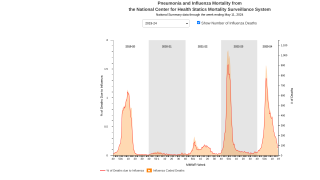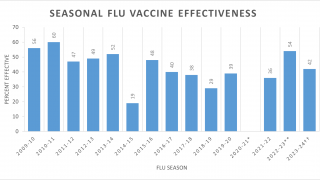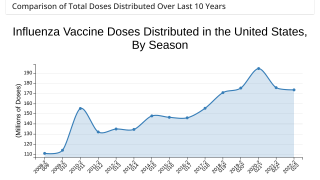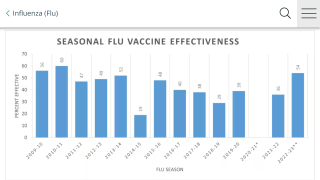Swine Flu Returns to India

Swine Flu has made a comeback in India during 2017, claiming nearly 600 lives with close to 12,500 reported cases.
Indian clinicians suspect the H1N1 virus, which causes swine flu, may have mutated.
"People are visiting hospitals late. This is why there have been more deaths. If patients are put on Tamiflu, the drug approved for treating swine flu, as soon as clinical symptoms appear, many lives can be saved," said Dr. Jagdish Prasad, the director general of health services.
Dr. Prasad added that the Indian government has included the medication Oseltamivir, marketed as Tamiflu, on a broader distribution schedule, enabling it to be sold by all licensed chemists (pharmacist) under prescription.
The expanding number of swine flu cases so early in 2017 has Indian doctors worried.
"Swine flu is commonly seen in winter or post-monsoon season. But we have been seeing significant number of cases of swine flu since June in spite of high temperatures that are not conducive for viral growth or transmission," said Dr Arup Basu, senior chest physician at SGRH.
According to the Centers for Disease Control and Prevention (CDC), influenza viruses can be directly transmitted from pigs to people and from people to pigs.
However, sporadic human infections with influenza viruses that normally infect swine have occurred. When this happens, these viruses are called “variant viruses.”
In the past decade, variant swine-origin influenza A viruses (swIAVs) of subtypes H1N2 and H3N2 have been associated with human infections. Most commonly, human infections with variant viruses have occurred in people exposed to infected pigs.
Swine influenza (flu) is a respiratory disease of pigs caused by type A influenza viruses that regularly cause outbreaks of influenza in pigs. Swine flu viruses can cause high levels of illness in swine herds, but usually cause few deaths.
Swine influenza viruses may circulate among swine throughout the year, but most outbreaks occur during the late fall and winter months similar to outbreaks of seasonal influenza in humans.
The CDC says when an influenza virus that normally circulates in swine (but not people) is detected in a person, it is called a “variant influenza virus.” For example, if a swine origin influenza A H3N2 virus is detected in a person, that virus will be called an “H3N2 variant” virus or “H3N2v” virus.
Swine influenza has not been shown to be transmissible to people through eating properly handled and prepared pork (pig meat) or other products derived from pigs.
It’s important to note that in most cases, variant flu viruses have not shown the ability to spread easily from person to person.
Our Trust Standards: Medical Advisory Committee

























